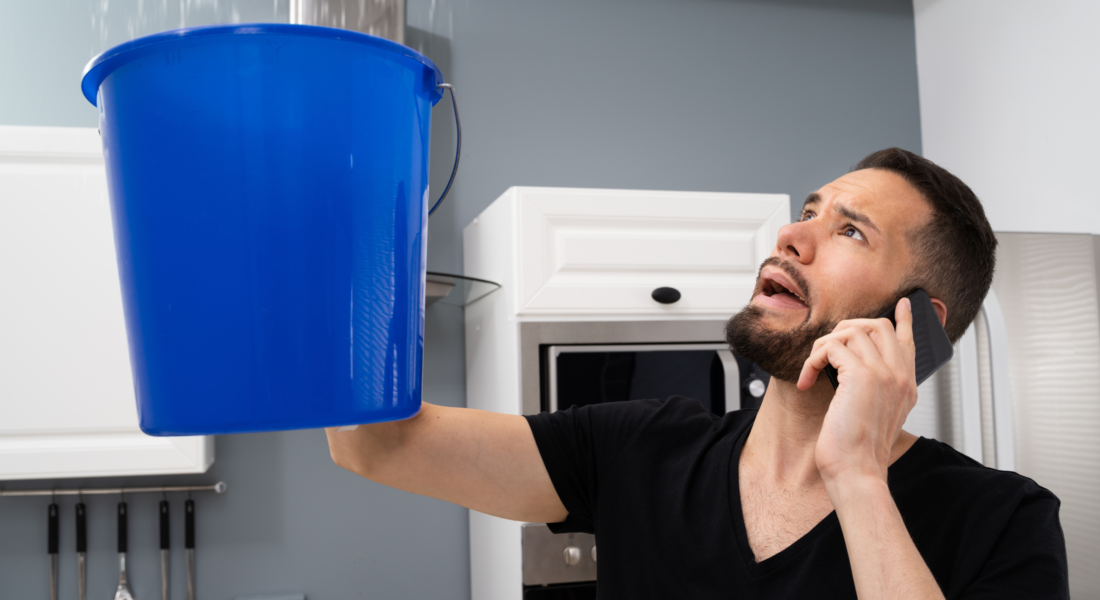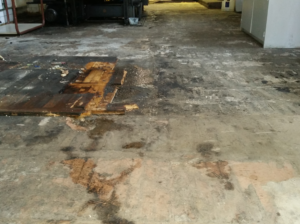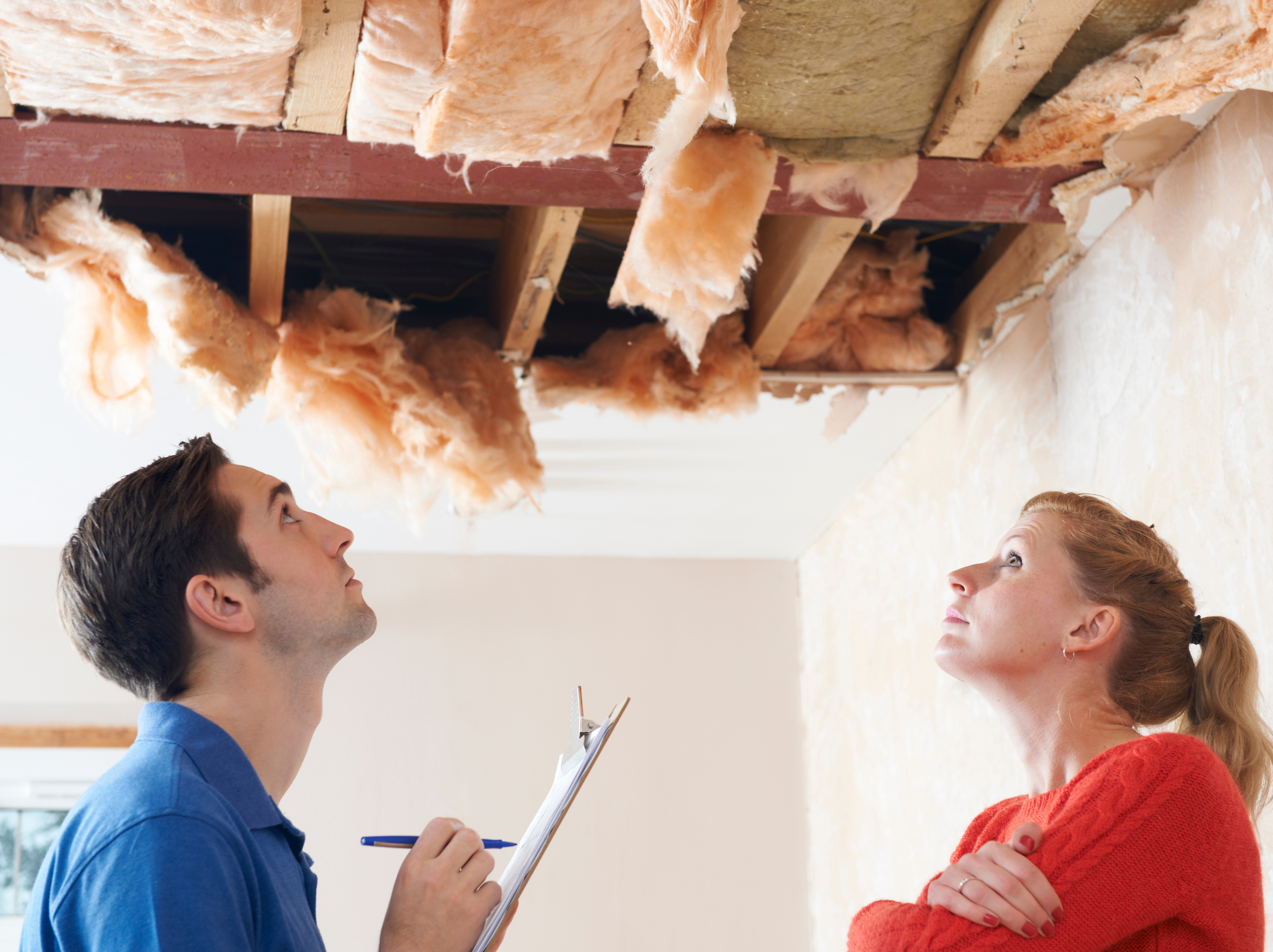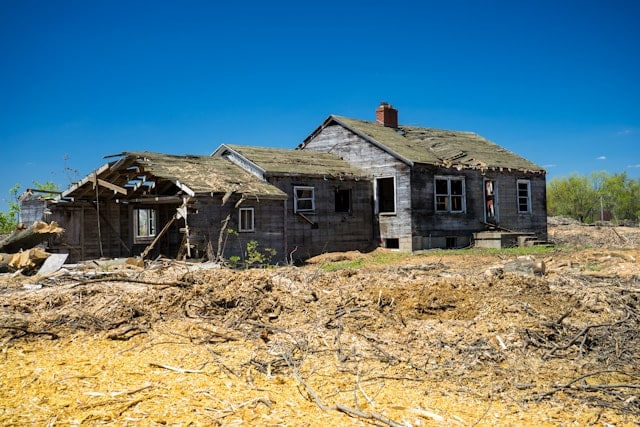Whether it is from leaky pipes or natural disasters, water damage to your home and possessions can be a headache at best and a life-altering ordeal at worst, so having a few DIY restoration tricks up your sleeve can come in handy when you need to act fast and mitigate water-damage in a pinch.
When dealing with water damage, the faster you act, the better your chances are of minimizing the severity of the damage. Let’s check out some helpful DIY water damage restoration tips you can utilize to reduce the destruction as soon as possible.
Make Sure Your Outlets Are Disconnected
It is quite common knowledge that electricity and water do not play well together, so when you first notice any amount of water damage in your home, disconnect all affected and nearby outlets.
I know it is cliche, but safety first! Disconnecting the outlets will ensure that you do not endure any shocking incidences as you begin the DIY restoration process.
Thoroughly Dry the Affected Area and Items
As soon as you become aware of water damage and water-damage items, make sure to dry everything to the best of your ability.
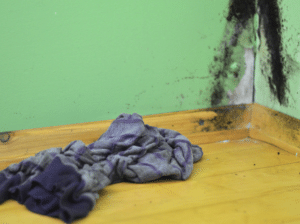
Most homeowners will not have industrial-grade professional restoration equipment at the ready, but some simple items like fans and dehumidifiers can get you one step closer to effectively drying things q
uickly.
Air circulation is an important part of the drying process, so do not close off a water-damaged room or space. Try to increase the flow of air throughout your home and especially around the areas that were most affected.
Perform a Detailed Mold Inspection
If you are unsure of how long water damaged areas in your home have persisted, chances are there will be a certain amount of mold growth. If left untreated, mold colonies can spread quite quickly, and mold spores can lead to a myriad of negative health effects and allergies.
If the mold is more than you can handle, mold remediation may be required. Do not take a chance if you are experiencing allergic reactions or mold-related symptoms of any kind. The health and safety of you and your family are top priorities.
Remove Damage Items and Materials
You will want to move any possessions that were damaged to dry them as soon as possible and determine what items are salvageable.
Carpet that has absorbed water should probably be replaced, and if there is any significant structural damage to the floor, walls, or ceiling, it might be best to bypass the DIY tips and contact a professional restoration service.
Carefully Clean and Disinfect
Water damage related to a sewage backup can leave a pretty big and potentially hazardous mess behind. If you have the appropriate cleaning materials and safety gear, you can probably perform a thorough cleaning and sanitization session yourself.
Cleaning the water-damaged area is important to mitigate mold growth and ensure that harmful bacteria does not lead to health issues. A diluted bleach solution can usually solve any mold problems.
Professional Help is Always an Option
These DIY tips are a good way to get the restoration process started ASAP, but supplementing DIY with a professional restoration service will always yield the best restoration results. Contact the pros at 24 Hour Flood Pros to pick up where you left off. Their 24/7 restoration experts will have your home on the road to recovery in no time!

